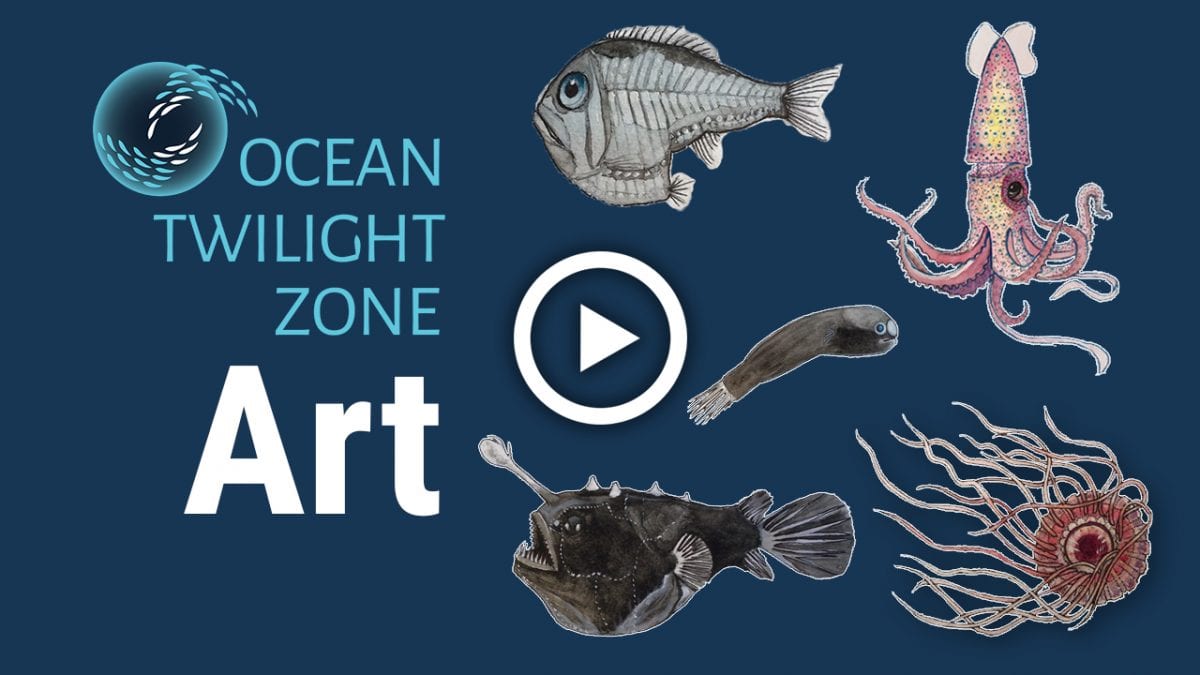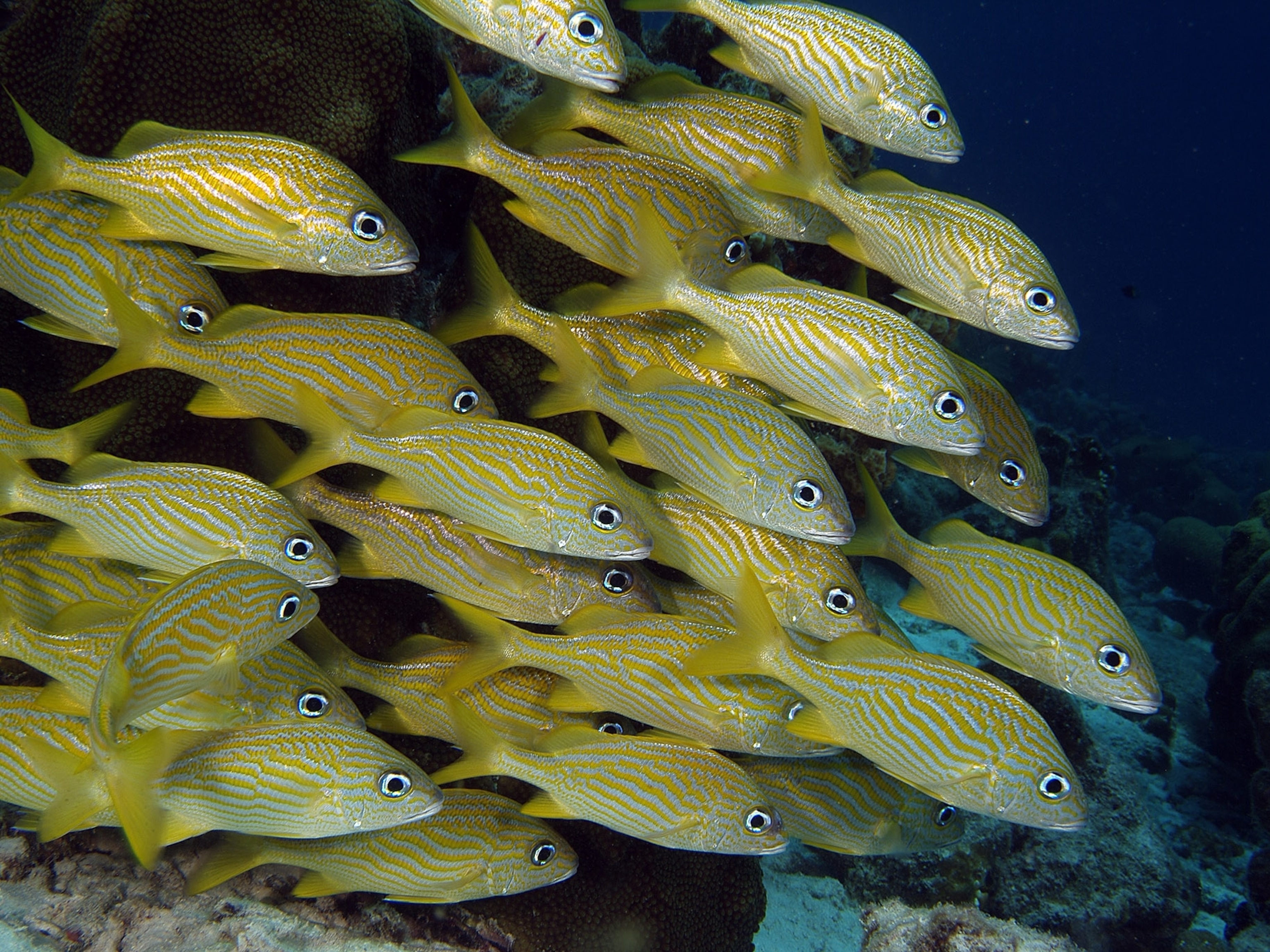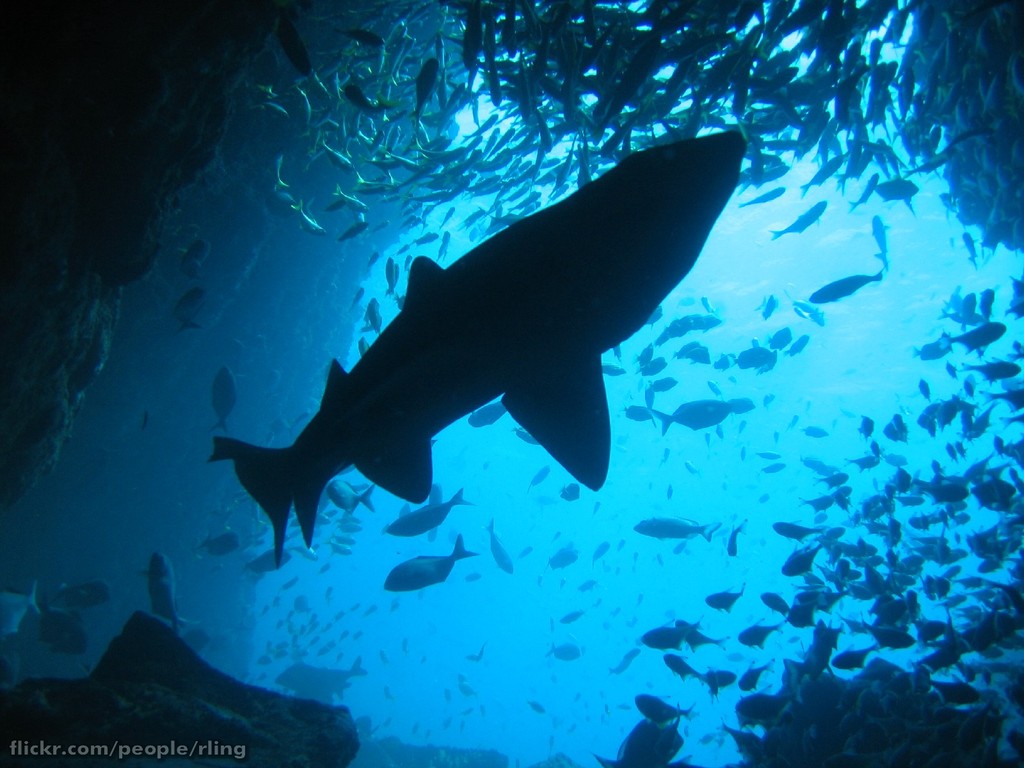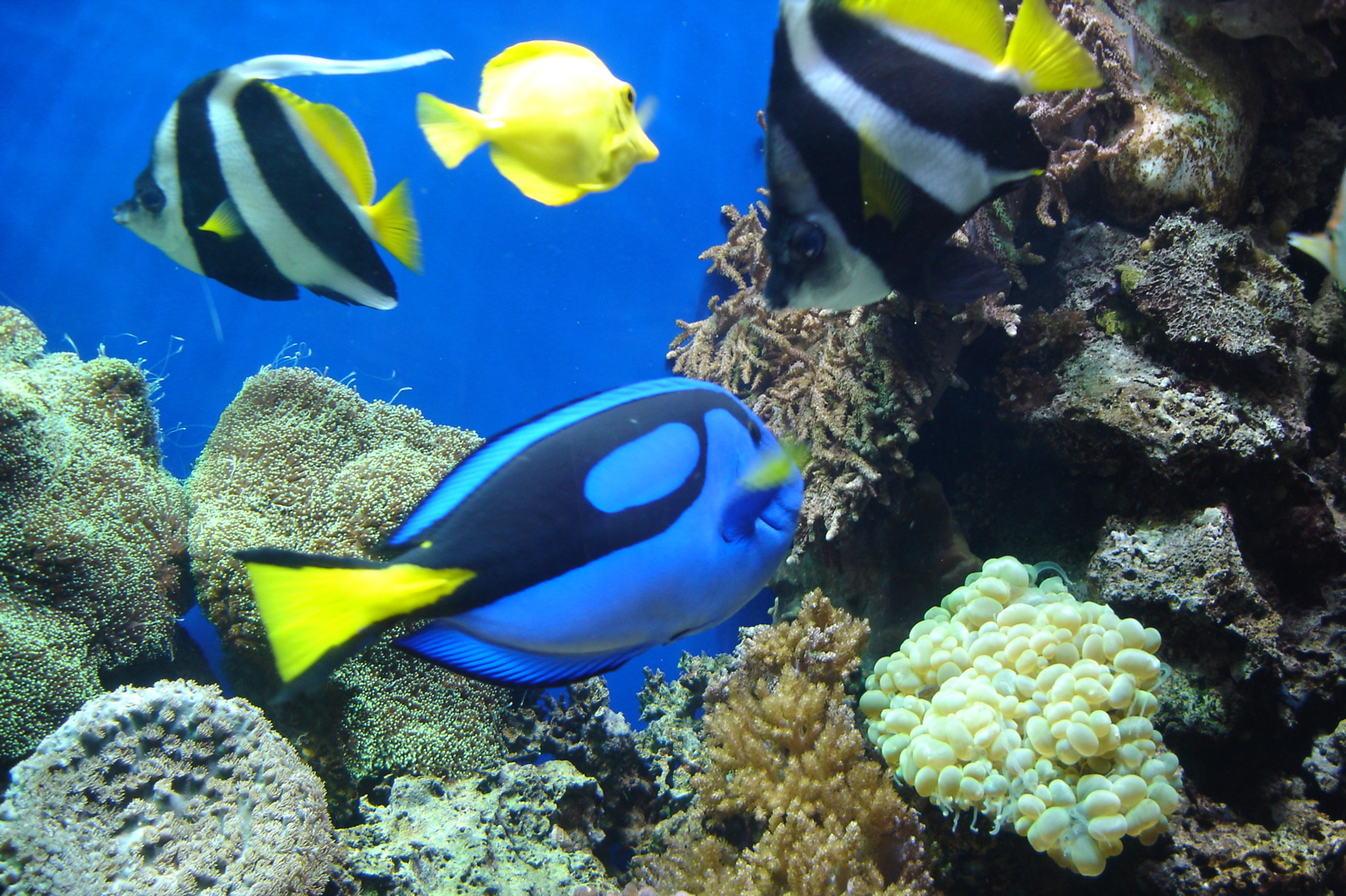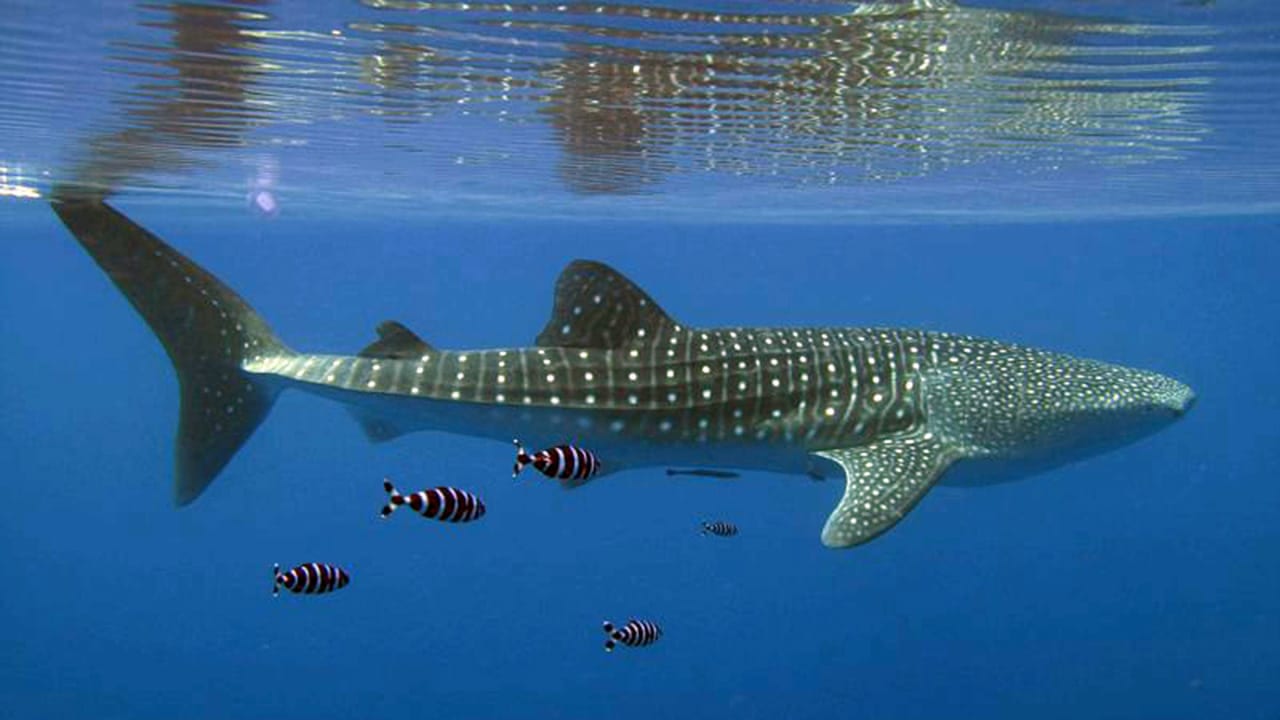Tropical Ocean Animals Adaptations

These adaptations enable the organism to regulate their bodily functions such as breathing and temperature and perform special functions like excreting chemicals as a defence mechanism.
Tropical ocean animals adaptations. Animals such as flatworms sea stars giant isopod wood louse sole and flounder have adapted to living in the deepest ocean trenches where the pressure can be over one thousand atmospheres. TropicalRainforestPlants tropical rainforest animals. In a volatile and competitive ecological environment like the tropical rainforests animals need to adapt to survive.
Tropical fish have many colors so they can blend in with the colorful ocean floor. Tropical rainforests are the most biologically diverse terrestrial ecosystems in the world. Adaptations to Stay Afloat Some animals ex.
Gills allow them to breathe in the ocean water. Most animals have sleek bodies to swim through the water the sleek bodies help cut down friction on the animal. Sharks are very good at finding food.
Tropical rainforest plants adaptations to environment. In tropical waters organisms have appendages to keep them afloat. Animals such as polar bears have fur even covering the soles of their feet.
Portuguese man-of-war secrete gases into a float that enables them to stay at the sea surface Remember. Camels long leg eyelids hump are all examples of adaptation. Viscosity increases with decreasing temperature.
One of the major behavioral adaptations of marine mammals is their ability to swim and dive. Have students identify animal adaptations in a National Geographic photo gallery. Most tropical fish swim at 640 ft in depth.






